10 Reasons to Accept the Resurrection of Jesus as an Historical Fact
By Brian Chilton
When I left the ministry due to my skepticism, one of the factors involved in my departure concerned the reliability of the New Testament documents and the resurrection of Jesus. The folks from the Jesus Seminar had me second-guessing whether I could trust what the New Testament said and if I could truly accept the literal bodily resurrection of Jesus of Nazareth. In July of 2005, my life changed. I entered the Lifeway Christian Bookstore in Winston-Salem, North Carolina and read three books that changed my life more than any other book outside the Bible. I discovered Lee Strobel’s The Case for Christ, Josh McDowell’s The New Evidence that Demands a Verdict, and McDowell’s A Ready Defense. I discovered that there are many reasons for accepting the resurrection of Jesus of Nazareth as a historical fact.
Through the years, the evidence has increasingly mounted for the historicity of Jesus’s resurrection. This article will provide 10 of the most fascinating arguments for the resurrection of Jesus of Nazareth. This list is not exhaustive and my dealings with each argument is extremely brief. Nevertheless, I hope this list will provide a starting point for you to consider the authenticity of Jesus’s resurrection.
- The First Eyewitnesses were Women. The first eyewitnesses of the resurrection were women. All the Gospels note that the first individuals to discover the tomb empty were women. Matthew notes that “After the Sabbath, as the first day of the week was dawning, Mary Magdalene and the other Mary went to view the tomb…The angel told the women, ‘Don’t be afraid, because I know you are looking for Jesus who was crucified. He is not here. For he has risen, just as he said. Come and see the play where he lay” (Matthew 28:1, 5-6).[1] Women were not held in high esteem. In Greco-Roman culture, a woman’s testimony was not admissible in court. In Jewish circles, it took the testimony of two women to equate that of one man. If one were to invent a story, the last people one would place as the first witnesses would have been women, unless it were otherwise true.
- Minimal Facts Concerning the Resurrection. Gary Habermas has popularized the so-called minimal facts argument for the resurrection. The minimal facts are those things that are accepted by nearly all New Testament scholars. The minimal facts are “1. Jesus died by crucifixion. 2. Jesus’ disciples believed that he rose and appeared to them. 3. The church persecutor Paul was suddenly changed. 4. The skeptic James, brother of Jesus, was suddenly changed. 5. The tomb was empty.” [2] These facts are nearly universally accepted by New Testament scholars, including liberals.
- Transformation of the Early Disciples. As noted in the minimal facts, James, the brother of Jesus, was changed from a skeptic to a believer because of the resurrection. James along with his brothers did not believe in Jesus during Jesus’s early ministry (see John 7:5). However, Jesus appeared to James (1 Corinthians 15:3-9) and James became a leader in the early Jerusalem church. His death is recorded by Josephus.[3] Paul is another example of one who was completely transformed by the resurrection of Jesus. Paul had been a persecutor of the church. After witnessing the risen Jesus, Paul became a proclaimer for the church.
- Embarrassing Details of the Resurrection. Historically speaking, embarrassing details add veracity to a historical claim. The fact that women were the first witnesses, that a member of the Sanhedrin (the same Sanhedrin that executed Jesus) had to give Jesus a proper burial, and that the disciples were fearful and fled all serve as embarrassing factors for the resurrection account.
- Willingness to Die for What Was Known. Many people will die for what they believe to be true. But no one will die for something they erroneously invented. The disciples knew if they were telling the truth. Yet, one finds that the disciples were willing to die for what they knew to be true. Stephen died by stoning (Acts 7:54-60), James of Zebedee died by the sword at the hands of Herod (Acts 12:2), James the brother of Jesus died,[4] and Peter and Paul died at the hands of Nero.[5]
- Documentary Evidence. The documentary evidence for the resurrection of Jesus is quite good. The historian seeks to find how many primary and secondary sources[6] can be gathered for an event to determine the event’s historicity. Concerning primary sources, the resurrection has Matthew’s account, John’s account, and Paul’s account in 1 Corinthians 15, including the additional references by James (if one accepts that James wrote the letter attributed to him) and Jude. The following are secondary sources for the resurrection: Luke, Mark, Clement of Rome, and to a lesser degree Ignatius and Irenaeus.
- Circumstantial Evidence. Douglas Groothius notes that circumstantial evidence for the historicity of the resurrection is “namely, the practice of the early church in observing baptism, the Lord’s Supper, and Sunday worship.”[7] Baptism is based upon the analogy of Jesus’s death, burial, and resurrection. The Lord’s Supper is a symbol of Christ’s sacrificial death. In addition, it is quite odd that faithful Jews would move their worship from a Friday evening into Saturday to a Sunday morning unless something major had occurred on a Sunday morning. The major Sunday morning event was Jesus’s resurrection.
- The Missing Motive. J. Warner Wallace has noted in his lectures and books that when a conspiracy is formed, three motivating factors are behinds such a move—power, greed, and/or lust.[8] The disciples would hold no power behind claiming the resurrection as history. They were running around while often being threatened by the Jewish and Roman authorities. As far as greed, they taught that one should not desire earthly possessions, but spiritual ones. Lust was not a factor, either. They taught celibacy before marriage and marital fidelity after marriage. In fact, N. T. Wright notes in his classic book, The Resurrection of the Son of God, that the disciples had no theological motivation behind claiming that Jesus had risen from the dead as they were anticipating a military hero and a final resurrection at the end of time. What motivating factors existed for these disciples to invent such a story? None! The only reason the disciples taught the resurrection of Jesus was because Jesus’s resurrection had occurred.
- Enemy Attestation of the Resurrection. Historically speaking, if one holds enemy attestation to an event, then the event is strengthened. When one considers the claims of the authorities that the disciples had stolen the body of Jesus (Matthew 28:11-15), the testimony of the resurrection is strengthened. The early belief that the disciples had stolen the body of Jesus is strengthened by the discovery of the Nazareth Inscription that orders capital punishment for anyone who steals a body from a tomb.[9] In addition, several refences to Jesus and his resurrection include citations from Josephus,[10] Tacitus,[11] and Suetonius[12] among others (including the Babylonian Talmud).
- Multiple Post-Resurrection Eyewitnesses. Finally, there is multiple eyewitness testimony pertaining to the resurrection of Jesus. Several people had seen Jesus alive for a period of 40 days. The eyewitnesses include Mary Magdalene (John 20:10-18), the women at the tomb accompanying Mary (Matthew 28:1-10), the Roman guards (Matthew 28:4), the Eleven disciples (John 21), the two men on the road to Emmaus (Luke 24:13-35), an indeterminate number of disciples (Matthew 28:16-20); over five-hundred disciples (1 Corinthains 15:6), to James (1 Corinthians 15:7) and to Paul (1 Corinthians 15:8-9). I am certain that there were many other witnesses that are unnamed.
Conclusion:
Many other evidences could be given for the resurrection of Jesus. Thinking about the methods of history, one must understand that there is a reason why American accept the first President of the United States as George Washington and not Spongebob Squarepants. History backs up the claim that Washington was the first President. In like manner, history backs up the reality of Jesus’s resurrection. Now the question is this: what will you do with such information? Some will try to ignore the event. Some will try to dismiss it. Others will acknowledge the factual nature of the event and worship Jesus as the risen Lord. It is my prayer that you will do the latter.
Notes
[1] Unless otherwise noted, all quoted Scripture comes from the Christian Standard Bible (Nashville: Holman, 2017).
[2] Gary R. Habermas and Michael R. Licona, The Case for the Resurrection of Jesus (Grand Rapids: Kregel, 2004), 48-50, 64-69.
[3] Josephus, Antiquities XX.200.
[4] Ibid.
[5] Eusebius, Church History XXV.5.
[6] Primary sources are documents written by eyewitnesses. Secondary sources are documents written by individuals who know eyewitnesses. For instance, my grandfather was an eyewitness to the biggest naval battle in World War II history. From the information my dad gathered from him, he would be a secondary source, whereas my grandfather would have been a primary source.
[7] Douglas Groothius, Christian Apologetics: A Comprehensive Case for Biblical Faith (Downers Grove; Nottingham, UK: IVP Academic; Apollos, 2011), 553-554.
[8] See J. Warner Wallace, “Rapid Response: I Think the Disciples Lied About the Resurrection,” Cold-case Christianity.com (October 17, 2016), retrieved April 11, 2017, http://coldcasechristianity.com/2016/rapid-response-i-think-the-disciples-lied-about-the-resurrection/.
[9] See http://www.biblearchaeology.org/post/2009/07/22/The-Nazareth-Inscription-Proof-of-the-Resurrection-of-Christ.aspx#Article.
[10] Josephus, Antiquities XX.9.1.
[11] Tacitus, Annals XV.
[12] Suetonius, Lives of the Caesars-Claudius 25 and Suetonius, Lives of the Caesars-Nero 16.
Original Blog Source: http://bit.ly/2ppUPKK


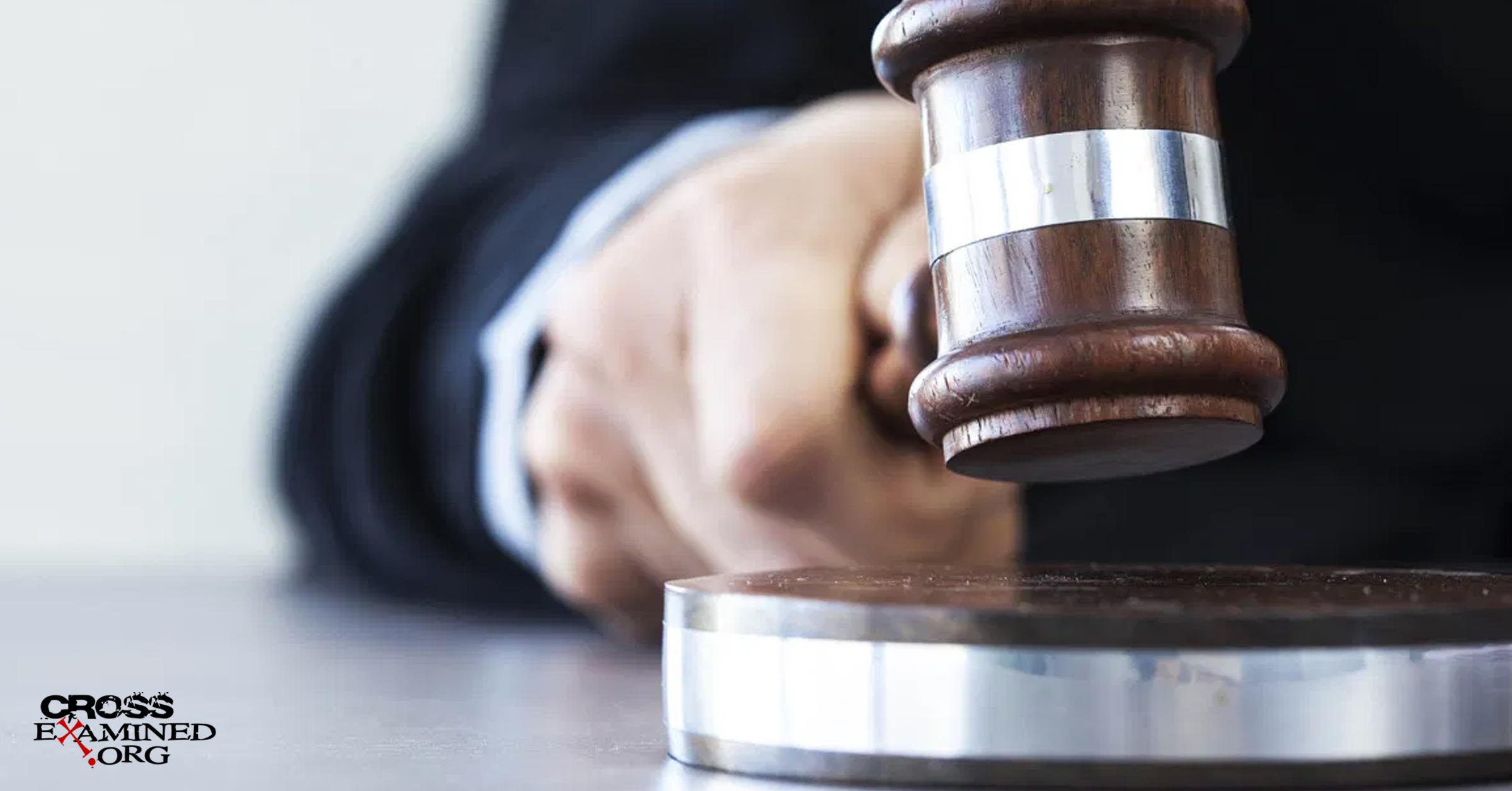
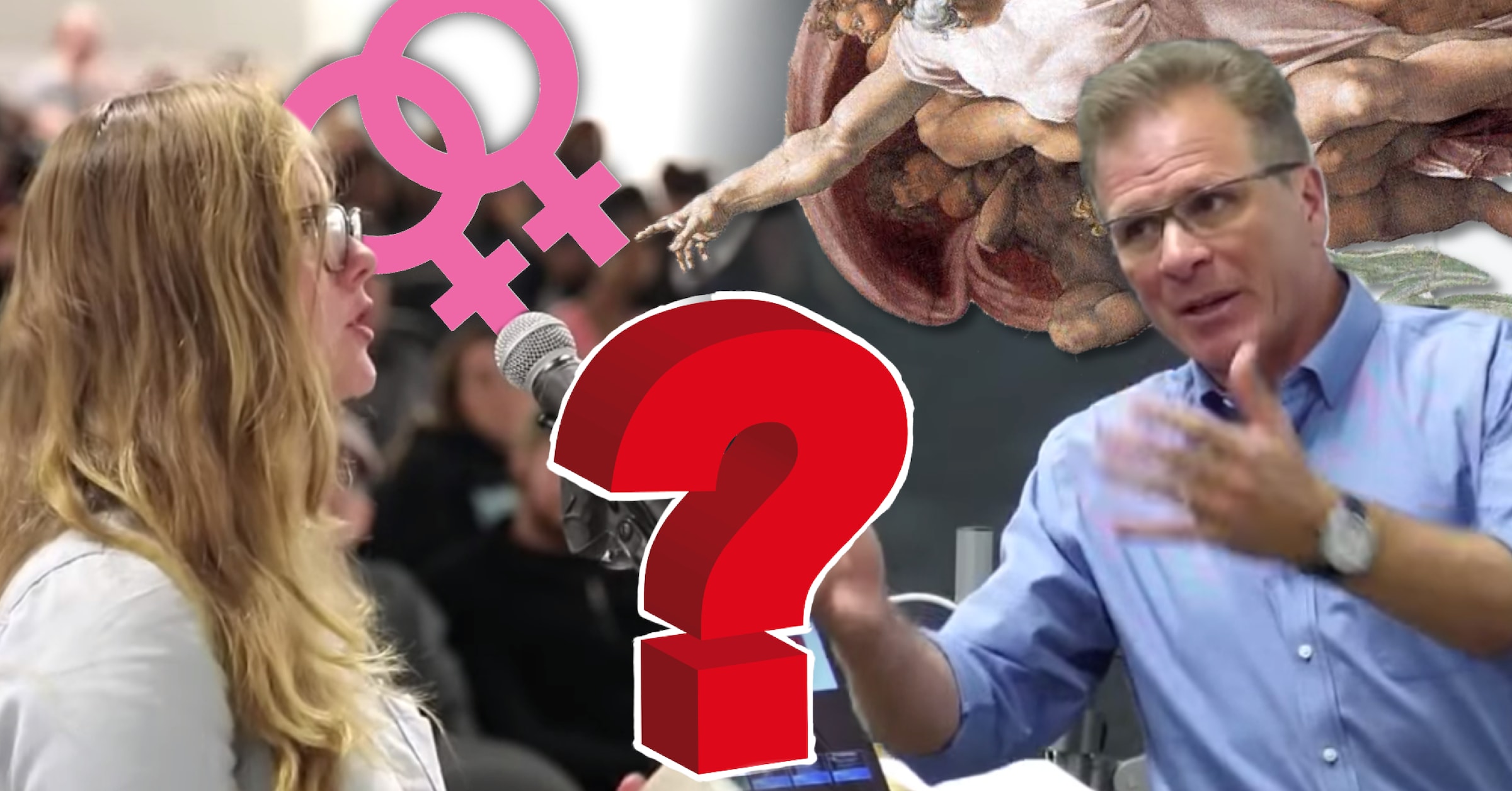

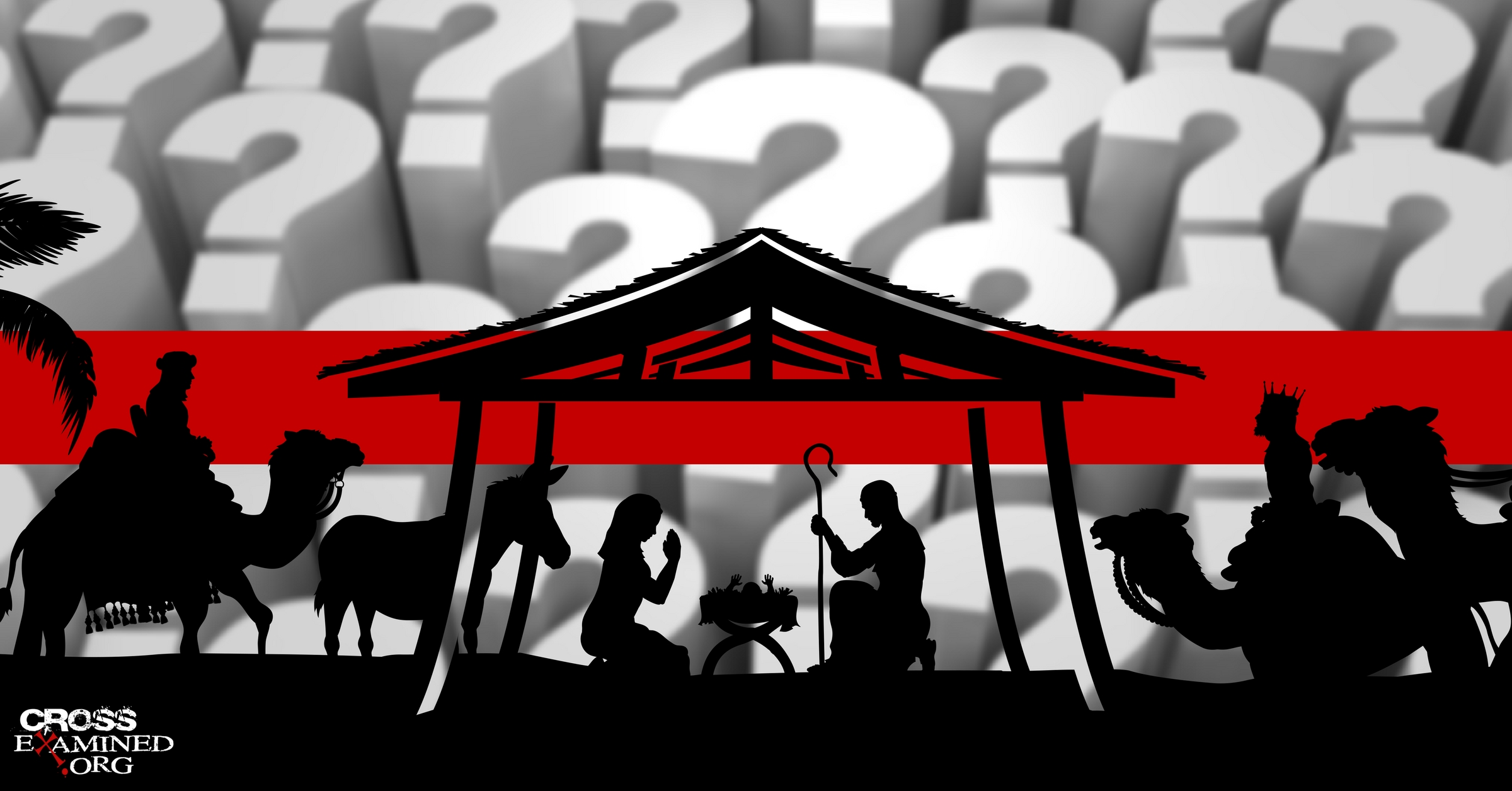


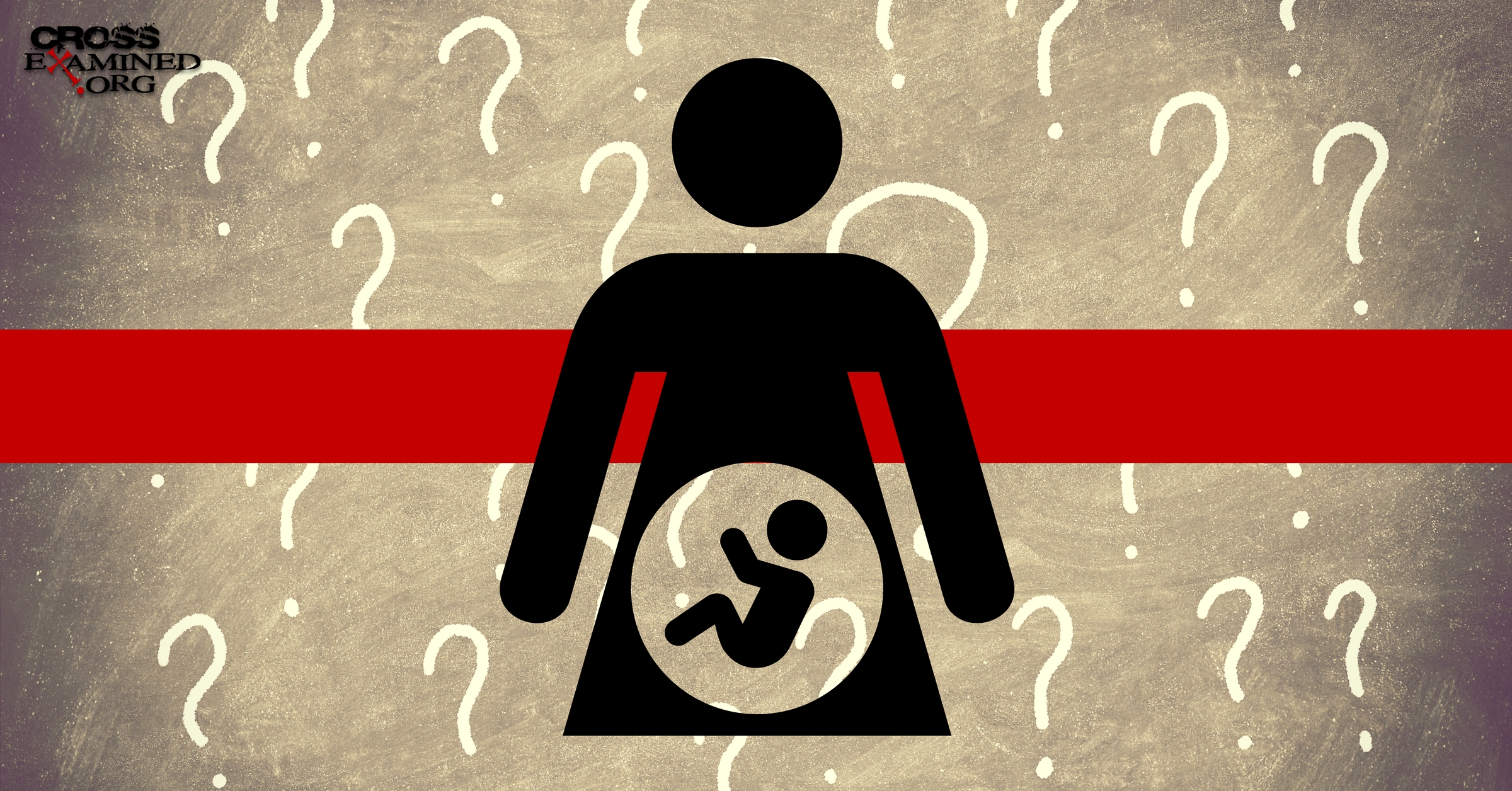
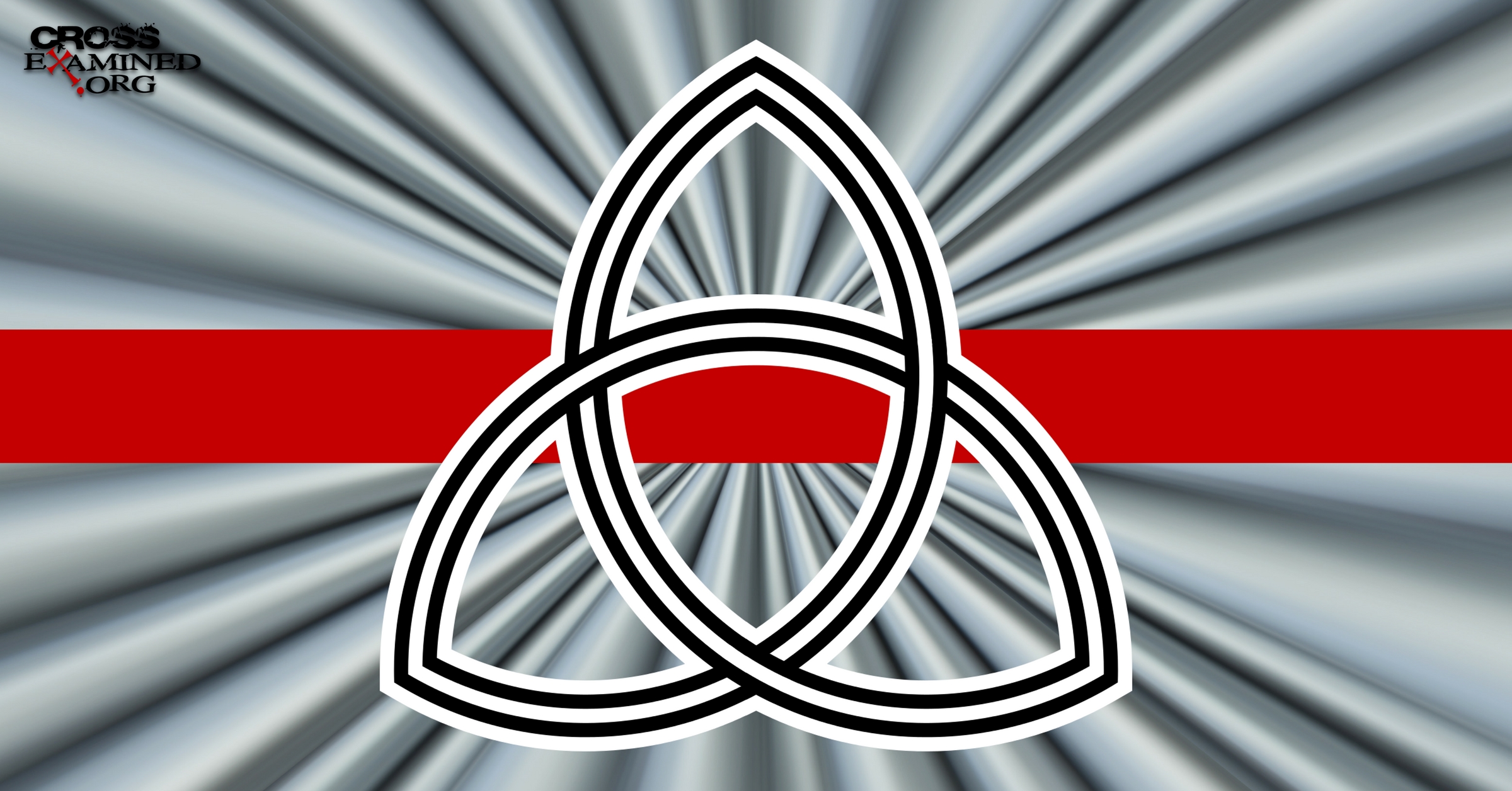

Leave a Reply
Want to join the discussion?Feel free to contribute!